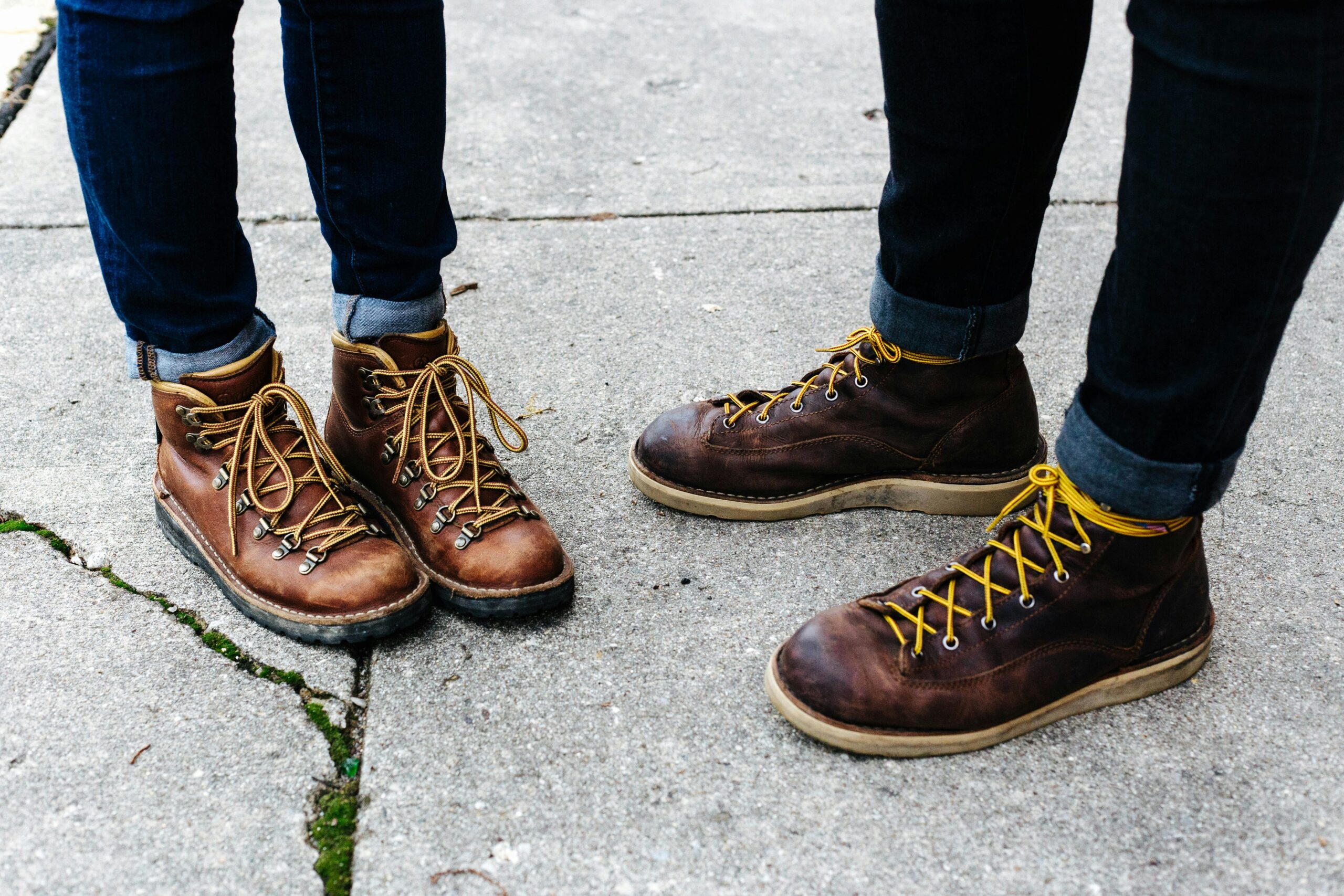<script type="text/javascript" src="http://classic.avantlink.com/affiliate_app_confirm.php?mode=js&authResponse=c4e13e1b9b5acdedad16d533a16f7bf0c234d607"></script>
<script type="text/javascript" src="http://classic.avantlink.com/affiliate_app_confirm.php?mode=js&authResponse=c4e13e1b9b5acdedad16d533a16f7bf0c234d607"></script>

When choosing the right hiking boots, one of the biggest decisions is whether to go with leather or synthetic materials. Each has unique benefits and drawbacks, making it important to select the right option based on your hiking style, terrain, and personal preference.
In this guide, we’ll compare leather vs. synthetic hiking boots, breaking down their durability, waterproofing, weight, comfort, and maintenance. If you’re still deciding on the best pair, check out our Best Hiking Boots of 2025 for expert recommendations. And once you’ve made your choice, be sure to follow our Hiking Boot Cleaning Guide to keep your boots in top condition.
🔹 Best for: Hikers who want long-lasting boots should choose leather. If you prefer lightweight boots for shorter hikes, synthetic is a good option.
🔹 Best for: Leather boots are superior for cold, wet conditions. Synthetic boots dry faster but are better suited for warmer weather.
🔹 Best for: Lightweight hikers and day-trippers will prefer synthetic. If you need stability and durability, leather is a better choice.
🔹 Best for: Synthetic boots excel in hot climates, while leather boots work better in cooler conditions or long treks with heavy loads.
🔹 Best for: Hikers who don’t want to worry about boot care should go with synthetic. If you’re willing to invest time in maintenance, leather boots will last longer.
| Feature | Leather Boots | Synthetic Boots |
|---|---|---|
| Durability | ✅ Long-lasting | ❌ Wears out faster |
| Waterproofing | ✅ Naturally water-resistant | ❌ Needs membranes |
| Weight | ❌ Heavier | ✅ Lightweight |
| Break-in Period | ❌ Requires break-in | ✅ Comfortable out of the box |
| Breathability | ❌ Less breathable | ✅ More breathable |
| Maintenance | ❌ Requires care | ✅ Low maintenance |
❓ Are leather boots better than synthetic boots?
👉 Leather boots last longer and offer better protection, while synthetic boots are lighter and more breathable.
❓ Do leather hiking boots need to be waterproofed?
👉 Yes! Leather is naturally water-resistant but needs regular waterproofing treatments.
❓ How long do synthetic hiking boots last?
👉 Typically 300-500 miles, while leather boots can last 800+ miles with proper care.
Choosing between leather and synthetic hiking boots depends on your hiking style, terrain, and maintenance preferences. If you want long-lasting, durable boots, leather is the way to go. If you prefer lightweight, breathable footwear, synthetic boots are the better choice.
Looking for the best hiking boots this year? Check out our Best Hiking Boots of 2025 for expert recommendations. And once you’ve made your choice, follow our Hiking Boot Cleaning Guide to keep them in top shape!